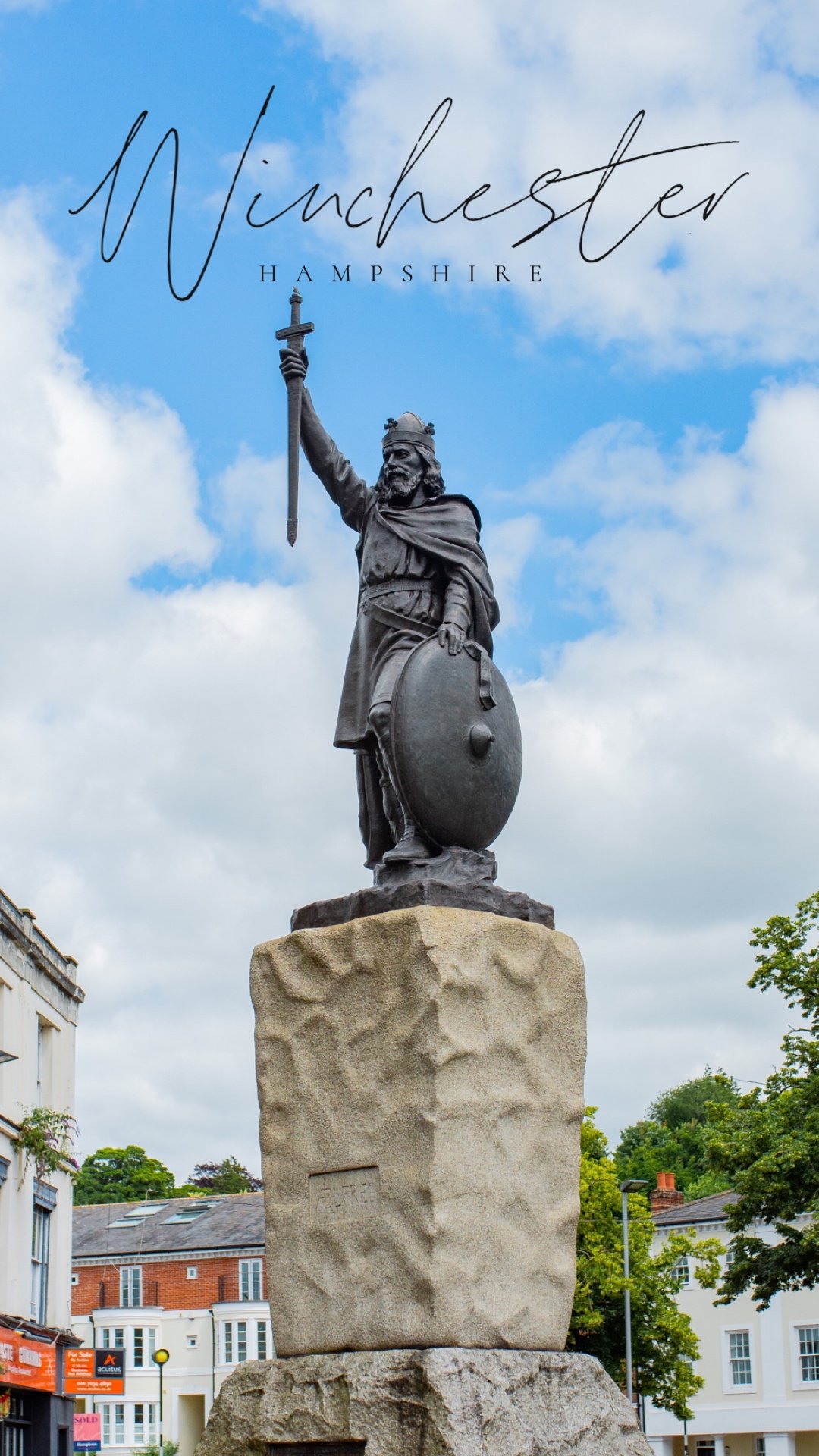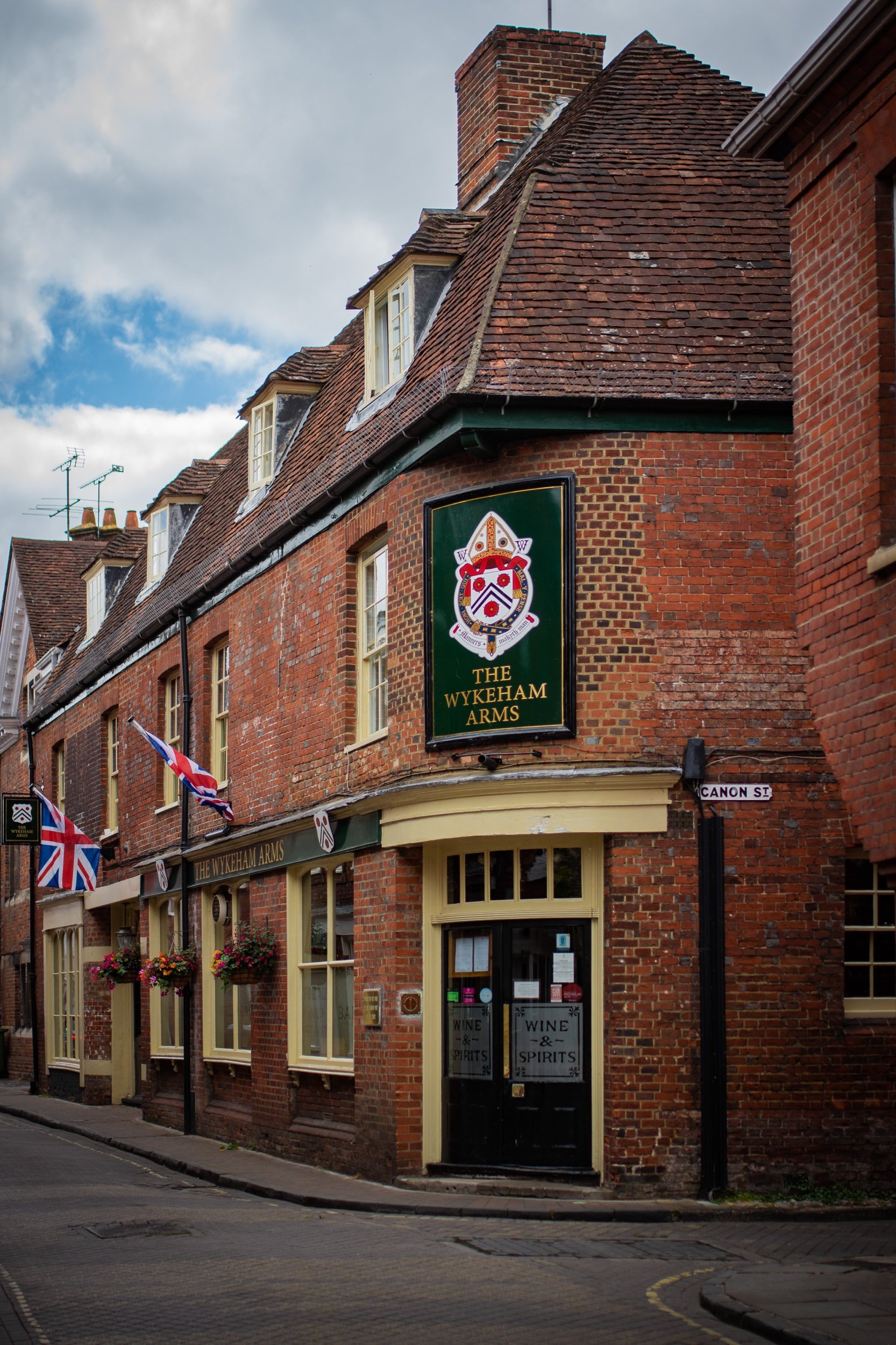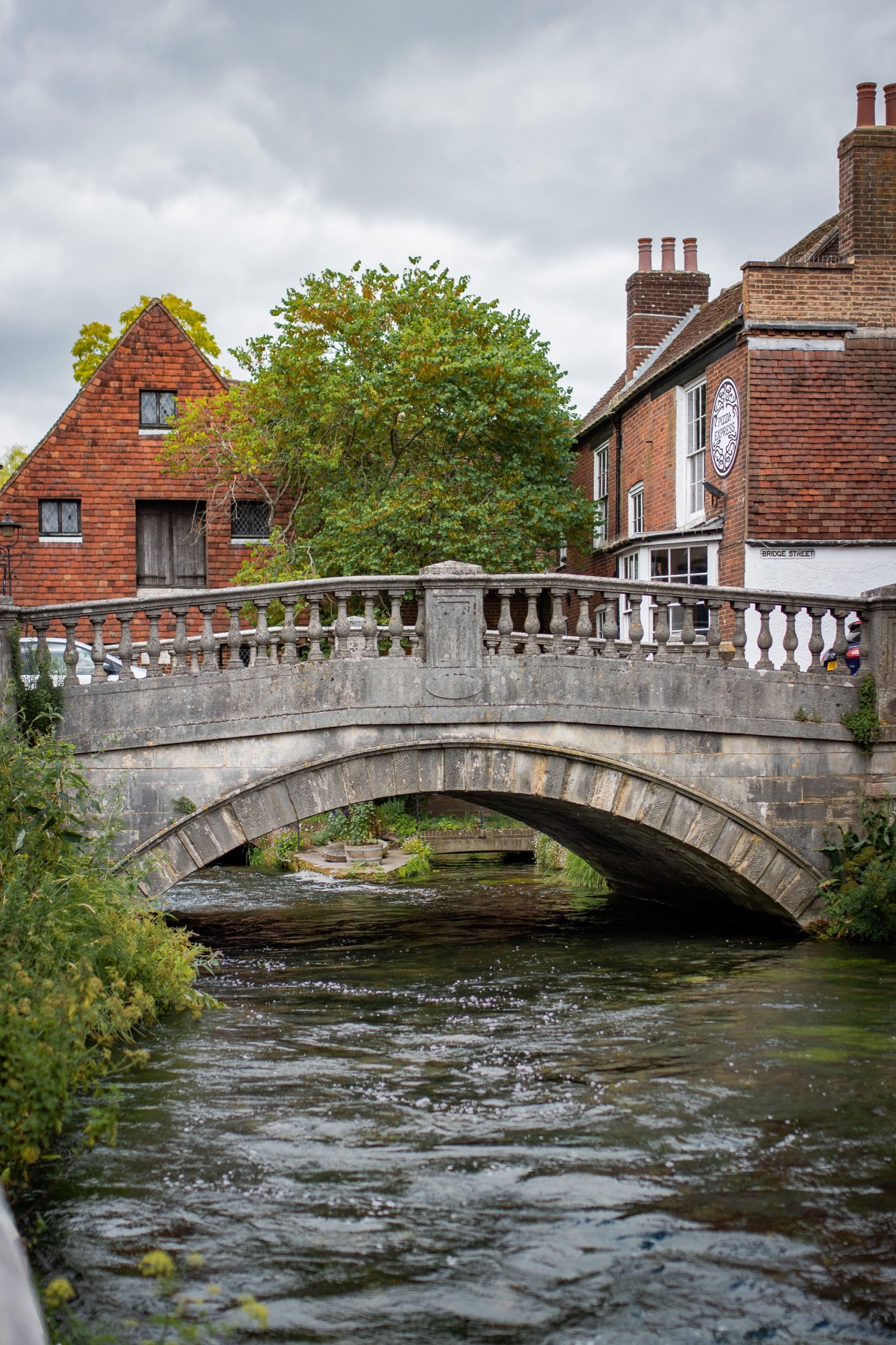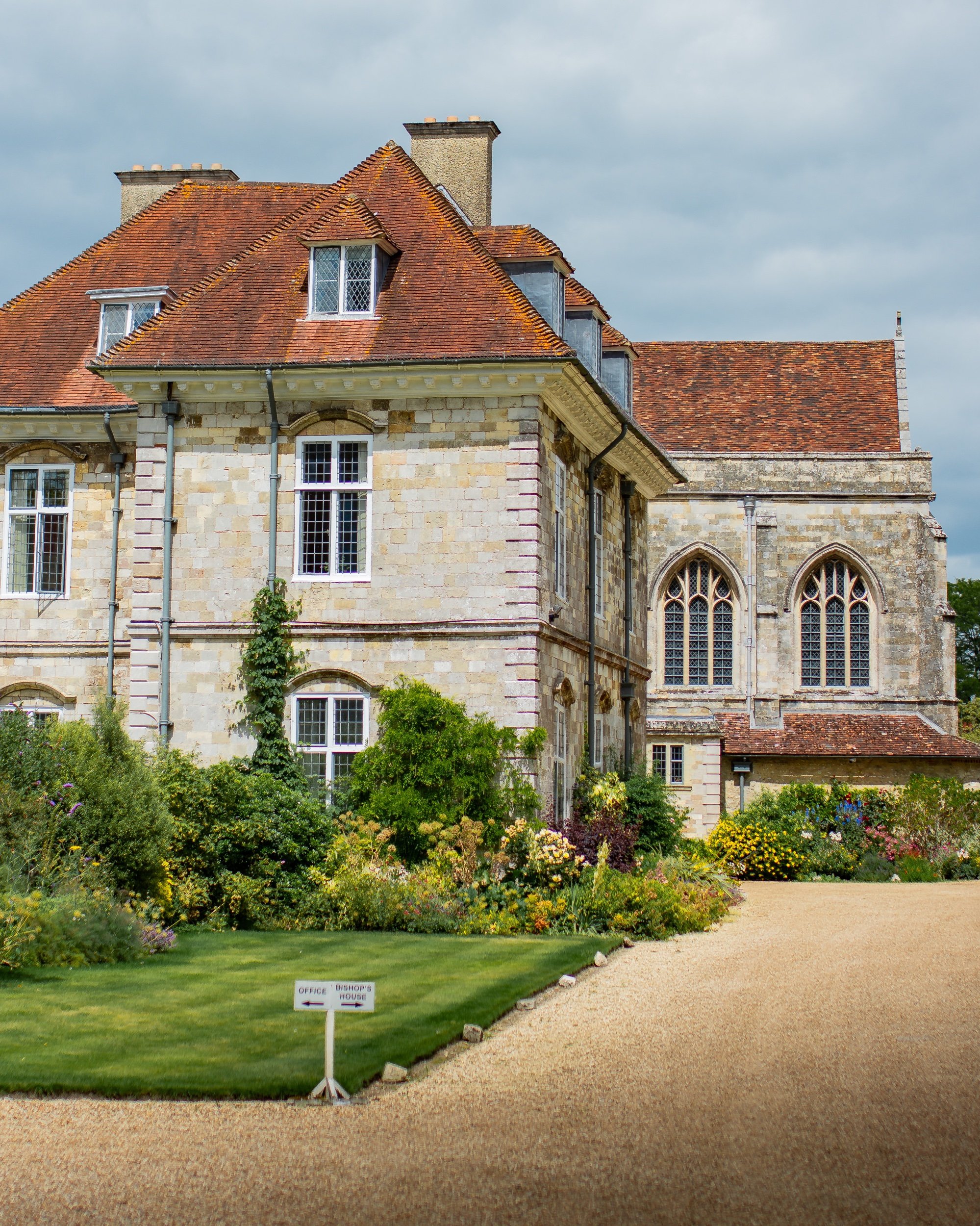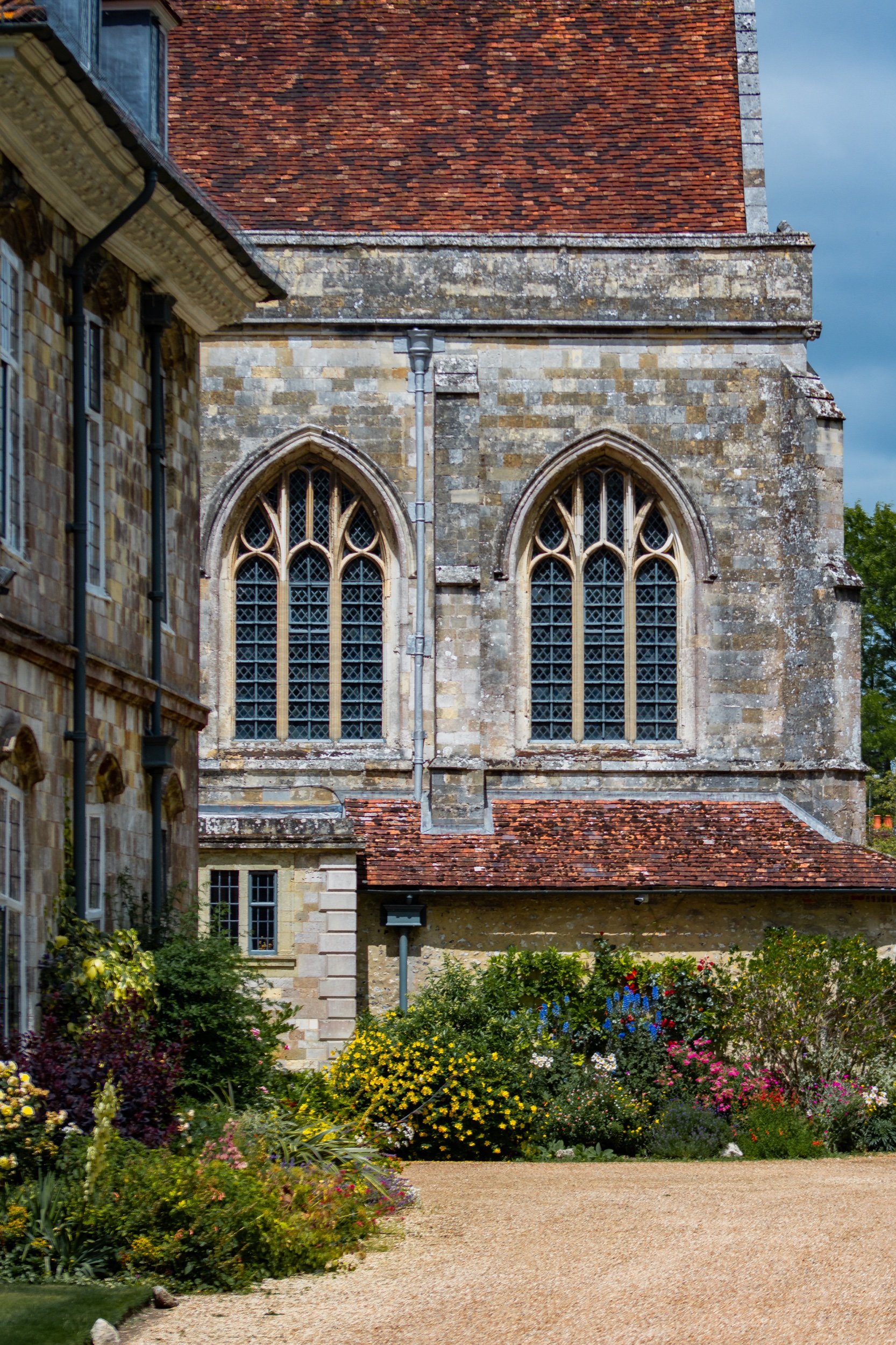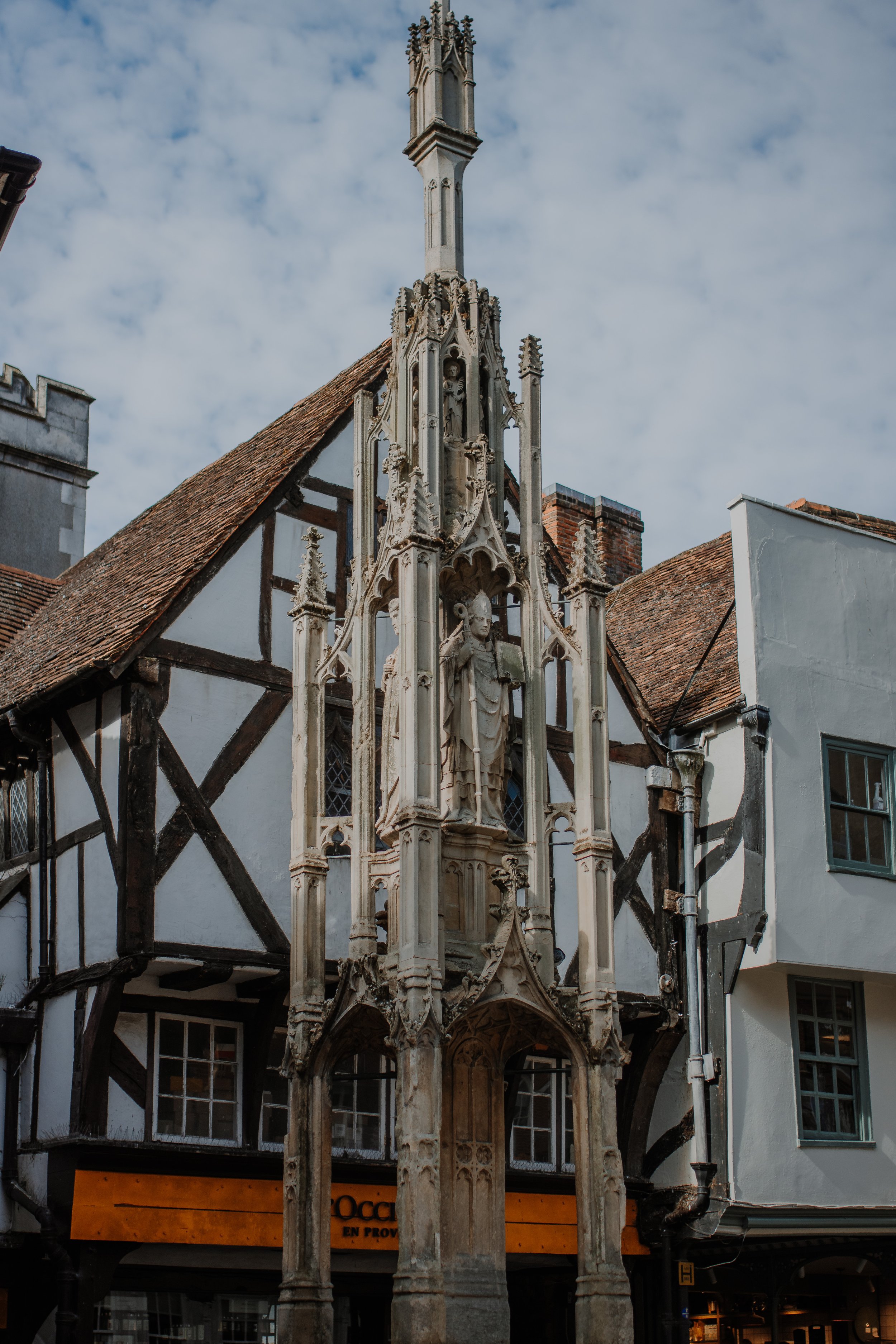Winchester.
Winchester is only an hour away from the capitals, Waterloo station, making it a perfect day trip to see some of England best historical sites and buildings.
Winchester was once the capital of the kingdom of Wessex and then England when King Alfred the Great beat the vikings.
The city is synonymous with the Saxon king, who is known for dividing England between Anglo-Saxon territory and the Viking-ruled Danelaw.
To the right is the giant statue of King Alfred the great, on the high street, by the abbey gardens, there is only one other statue of Alfred that I’ve seen and that’s in a little square, trinity square gardens in Borough, London.
Winchester cathedral.
One of the largest cathedrals in Europe, with the longest medieval nave in the world, and the 6th largest cathedral in England, dating from 1079, replacing the new minster built by Alfred the great in 900’s when the Norman’s conquered England. Switching was an Anglo-Saxon Bishop of Winchester and patron saint of the cathedral. His historical importance as bishop is overshadowed by his reputation for posthumous miracle-working.
The City Cross (also known as the Buttercross) is dated from the 15th century, & features 12 statues of the Virgin Mary, other saints and various historical figures.
The old Chesil Rectory is dated 1459 and is Winchesters oldest commercial property.
It was once a residential property and changed over in the 1700’s. A typical medieval building with the upper floors jutting out to add more room, as taxes were paid on the size of the footprint.
Winchester is such a pleasant city to walk around. Easy on the foot and not many hills. The locals seem rather pleasing too, willing to show off their beautiful city. There are many independent shops along side the ordinary high street regulars. One of my favourite buildings in the city, ever nice I first visited a few years back is Cheney Court.
The building is just by the cathedral and its impressive when you see the yellow timbered building at first glance, then gets more interesting the longer you gaze at it. Built in the 16th century for the bishops court for the soke of Winchester along with stables that are attached built in the same period.
The town hall clock was presented after a visit from Queen Anne in 1713 and is mounted on the building which was once the guildhall.
